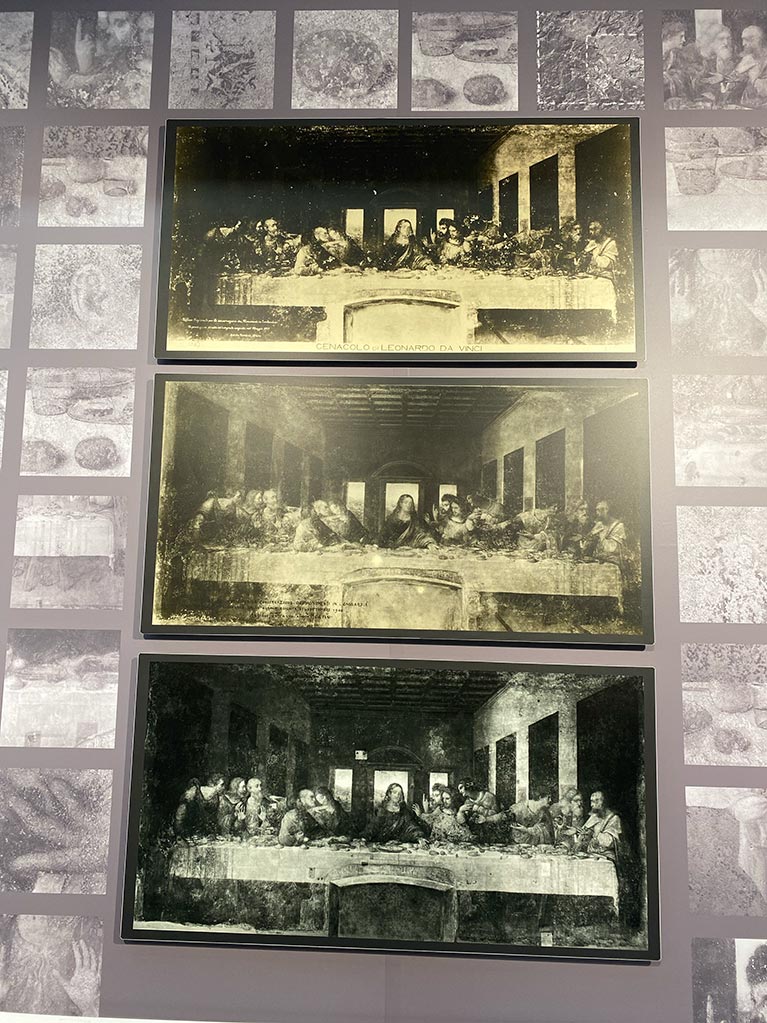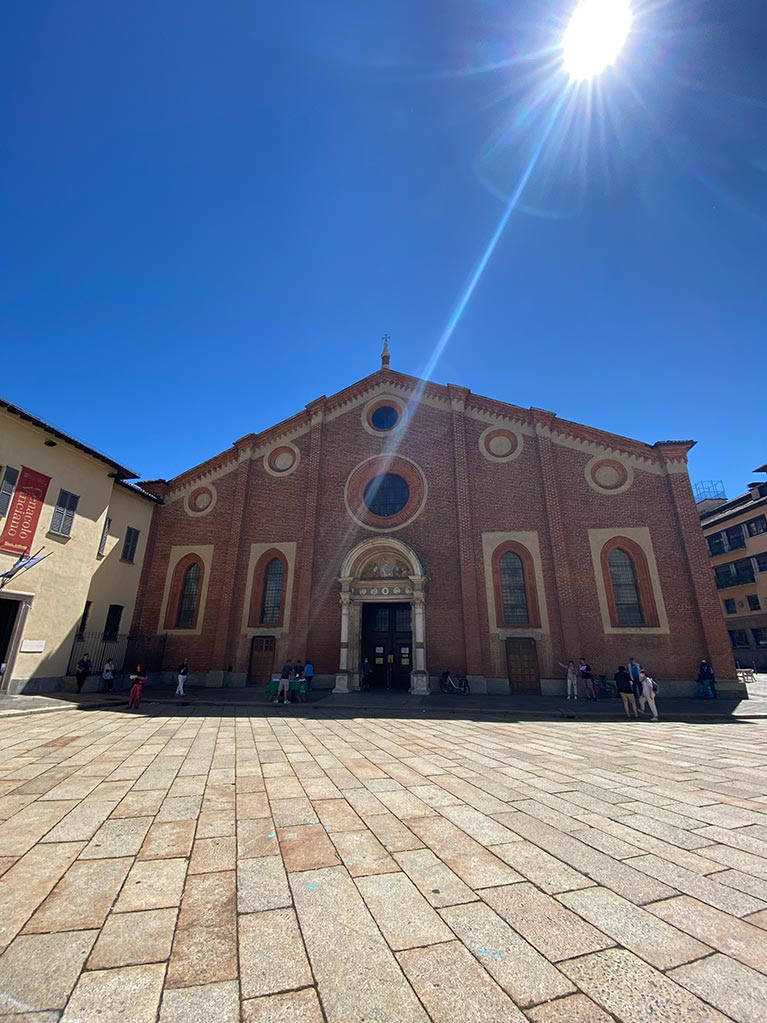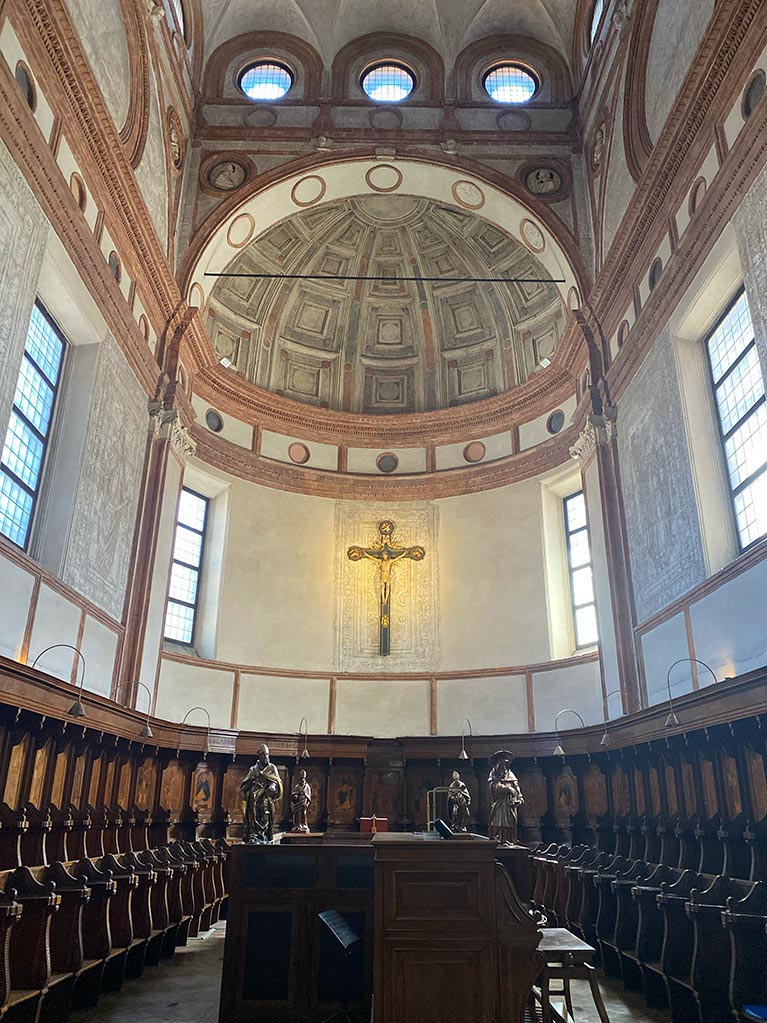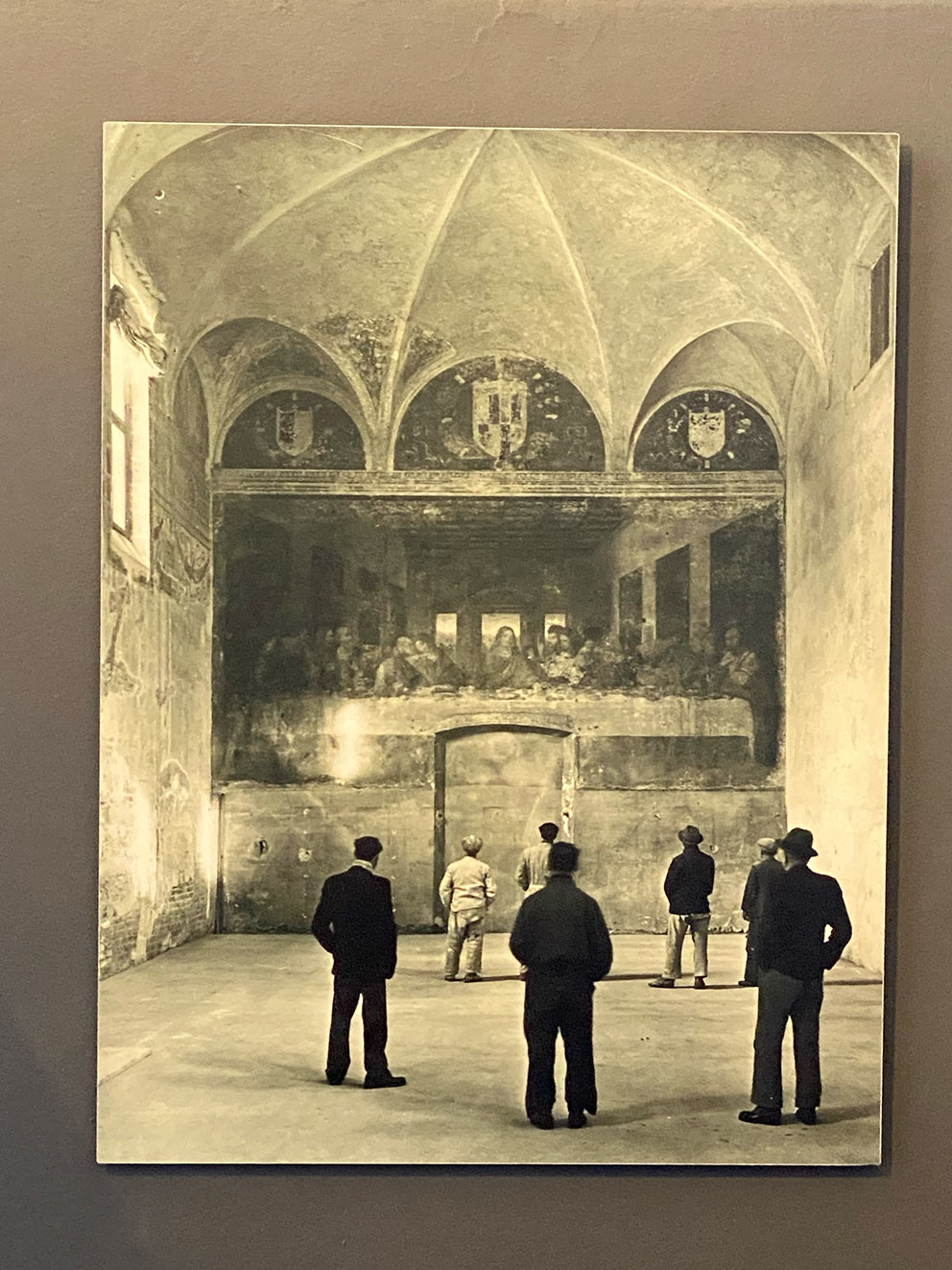In the heart of Milan, Italy, a cultural treasure captivating the hearts and minds of art enthusiasts and historians- the iconic painting, "The Last Supper."
"The Last Supper"
Leonardo da Vinci was commissioned to paint "The Last Supper" by Ludovico Sforza, Duke of Milan, in the late 15th century. The painting, located in the Convent of Santa Maria delle Grazie, was intended to adorn the monastery's dining hall. Leonardo's innovative approach to composition, perspective, and his meticulous attention to detail brought to life this seminal moment from the Christian narrative.
The Motivation Behind the Masterpiece
"The Last Supper" is a visual narrative of the moment when Jesus reveals that one of his disciples would betray him. Leonardo chose to depict this scene at the exact moment of Christ's announcement, capturing the varied emotions of the disciples in a composition that transcended traditional depictions of the event.
The Challenges of Fresco Painting
Leonardo faced significant challenges while creating "The Last Supper" due to his experimental use of dry plaster and oil-based paints instead of traditional fresco techniques. While this method allowed for greater precision and detail, it proved to be susceptible to decay over time.
Restorations Throughout the Centuries
Over the centuries, "The Last Supper" has undergone numerous restorations to preserve its beauty and integrity. The first major intervention occurred in the 18th century when a protective layer of varnish was applied, inadvertently darkening the painting. Subsequent interventions aimed to address issues of flaking and deterioration caused by environmental factors and the passage of time.
The 20th-Century Restoration
One of the most significant restoration efforts took place in the mid-20th century, led by Italian conservator Mauro Pelliccioli. The project aimed to undo the damage inflicted by centuries of neglect, war, and misguided restoration attempts. The restoration involved meticulous cleaning, removal of inappropriate overpainting, and the application of protective measures to safeguard the painting from future environmental threats.









Get tickets to The Last Supper in Milan, Italy
Book your tickets in advance! Book The Last Supper tickets or other adventures with Viator below. Safe and reliable, you will find tickets to all the best attractions and tours.
Controversies & Criticisms
Despite the well-intentioned efforts of restorationists, controversy has surrounded the restoration process of "The Last Supper." Some critics argue that the restoration has altered the painting's original appearance and intention, emphasizing the delicate balance between preservation and intervention in the world of art restoration.
Preserving the Legacy
In recent years, advancements in technology have played a pivotal role in the ongoing preservation of "The Last Supper." Climate control systems, advanced imaging techniques, and digital reconstructions have been employed to safeguard the masterpiece against environmental threats, ensuring that future generations can continue to marvel at Leonardo's genius.
"The Last Supper" in Milan stands not only as a testament to Leonardo da Vinci's artistic brilliance but also as a symbol of resilience against the ravages of time
Through careful restoration efforts and technological advancements, this masterpiece continues to inspire awe and admiration, inviting visitors to contemplate the profound narrative it encapsulates. As we look towards the future, the legacy of "The Last Supper" remains an enduring testament to the enduring power of art to transcend generations and leave an indelible mark on human history.






